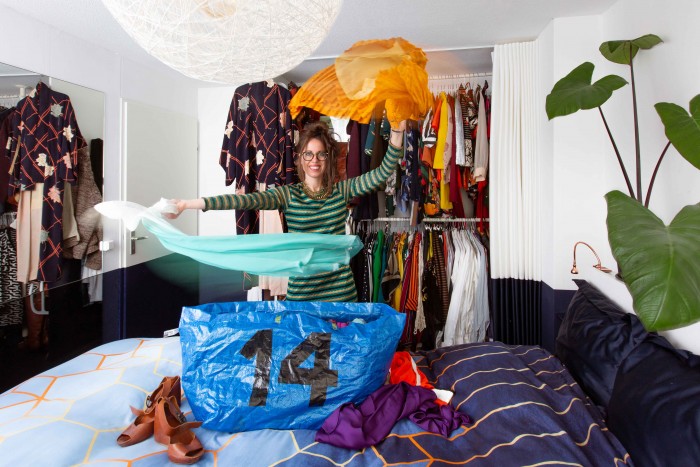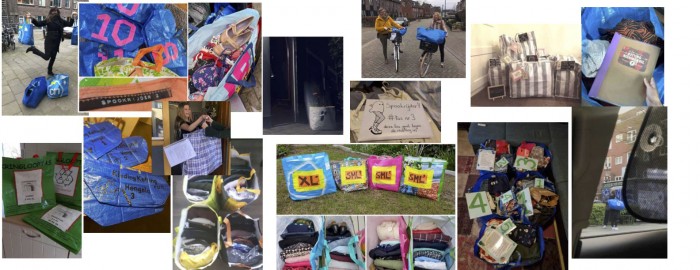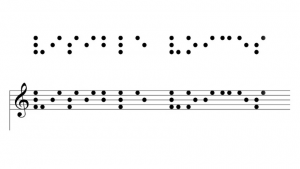The clothing and textile industries are infamous climate killers, with Fast Fashion contributing immeasurably to carbon emissions. Enter Clothing Loop - one of What Design Can Do’s 16 No Waste Challenge winners - which is on a mission to extend the life cycle of garments. The concept is simple yet smart. Travelling clothing bags allow participants to pick out pre-loved items they like, add personal clothing items they’re no longer interested in, and then send the bag back along the fixed route they joined.
Dutch founder Nichon Glerum had already been a long-time Slow Fashion and thrift enthusiast before the project, organizing clothing swap events in her own living room. With the pandemic putting a halt on travel and social gatherings, swappers were unable to host these events, meaning clothing bags would accumulate in their homes. This sparked the idea for Glerum to send bags from home to home, to give new life to the popular event. Through a process of trial and error, Glerum professionalised the project over a few months saying, “It’s such an easy-to-implement system, everyone can do it and there’s not a lot needed for it.”
The idea snowballed and people contacted her to commend the concept and asked how they could start one in their own city. “I thought okay, we need a manual so I wrote a manual that explains the system in such a way that you can avoid all the start-up mistakes that we made,” she explains.
Glerum then decided to keep everything traceable on a website where people can find and sign-up for active circles in their countries/cities. The success of the project also led to its adoption by the global Slow Fashion Movement.
Glerum addresses the misconceptions of Slow Fashion, saying that many see it as “shapeless linen with neutral colours.” She dismisses this perception by defining Slow Fashion as “using what is already out there and caring for it... redistributing things and helping them find their perfect owner… I wear clothes from Zara, I just never buy them there. But you know, when they’re at second-hand flea markets, of course I’ll wear them. Why would I ditch them?”
Glerum feels that you should purchase new, only if searching for a second-hand item doesn’t yield any results. And preferably, you should buy new from a sustainable brand. She encourages people to do their research when doing so. “Make sure that sustainable thing that you think you’re purchasing is actually sustainable and it’s not part of this greenwashing programme. You know, really dig into the level of sustainability.”
Glerum understands that people will always have an urge for new clothing. But for her, swapping is like an “ongoing clothing library that can feed that urge without adding much of a negative impact.”
“I honestly don’t think you ever need to buy things new,” she states. Incredibly, she hasn’t “bought any new clothes in over 13 years and that’s going fine.”
For those looking to start their Slow Fashion journey, “it really helps to educate yourself on what does and doesn’t suit you. The problem with Fast Fashion,” Glerum explains, “is that people buy things that don't suit them, so really explore your own style and try not to follow trends... so many people don’t know their own style and they think the answer is in their next new purchase.”
Glerum thinks of buying second-hand as somewhat of a treasure hunt, in which you “create a closet that is full of memories and stories instead of just, you know, SALE!”
When it comes to the future of Clothing Loop, Glerum is excited to create a level of automation for the project but hopes not to lose the personal touch that gives the project its magic.
See more:
Visit the Slow Fashion Movement
From pineapple waste to period products.
No Waste Challenge winner CarbonCraft is transforming construction.
Sixteen global waste-busters awarded top honours by What Design Can Do.
Credits: Nichon Glerum











